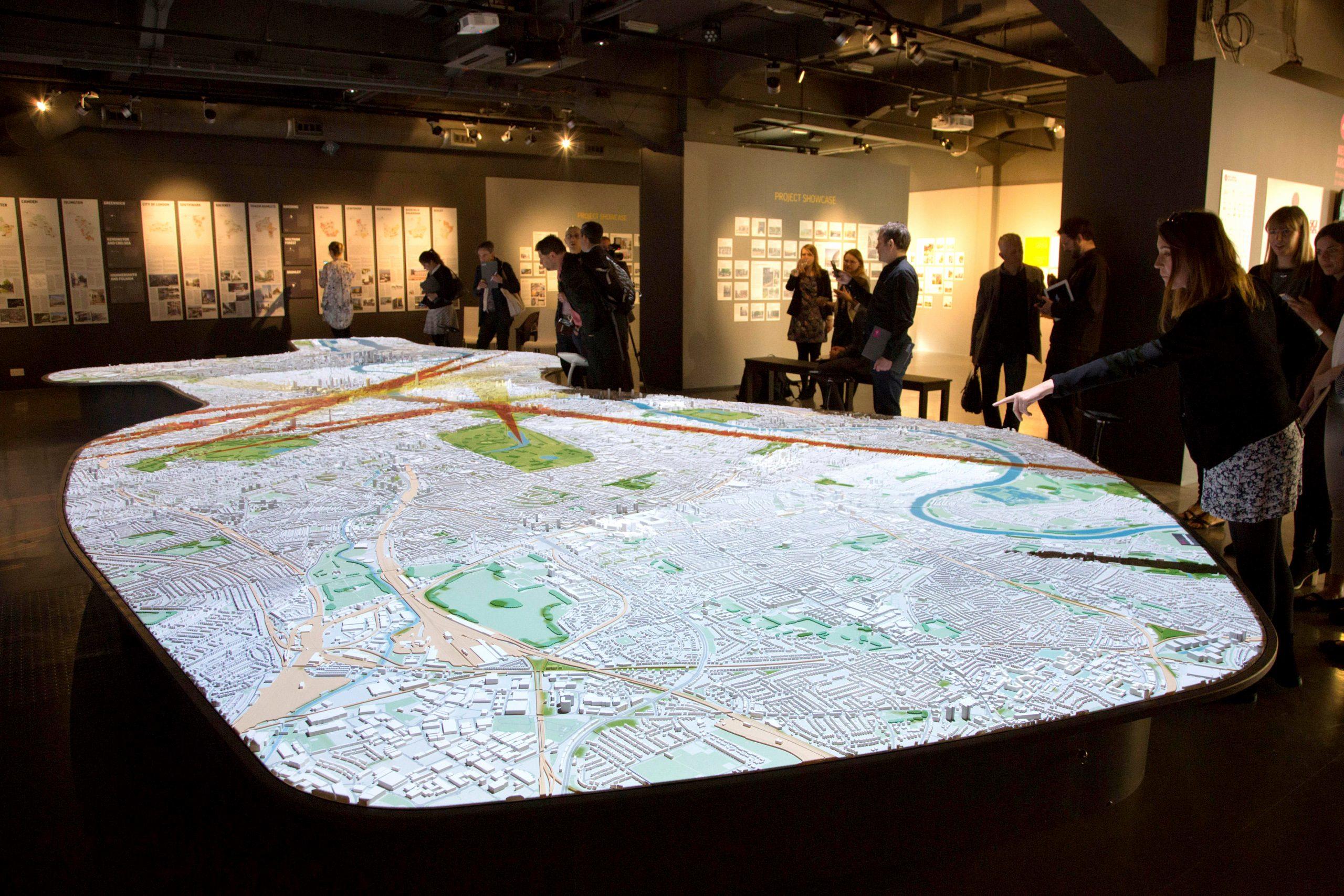New master’s program from IE University prepares pros to manage next pandemic and other threats
The Madrid-based university is training next-gen architects, developers, investors and urban planners in a desperately needed skill set

The need to rethink best practices in the real estate industry should be clear to anyone. As a second wave of Covid-19 cases shuts down commerce once again, it’s anybody’s guess in what condition the industry will emerge.
Even before the pandemic, Margarita Chiclana was among those ringing alarm bells about the threats posed by climate change, overcrowding and various waste and water management issues. An economist, Chiclana recognized that the next generation of industry leaders required better training to meet the significant challenges ahead. So she set about providing that training.
To that end, Chiclana built the Global Master in Real Estate Development program at the Madrid-based IE School of Architecture and Design. The 15-month part-time program, of which Chiclana is the director, focuses on real estate investment and development of city infrastructure.
“The Covid crisis proved we must not develop our cities in the wrong way,” Chiclana said. “In the end, if you can’t manage these situations then real estate loses value. This has happened in cities such as New York and London.”
Chiclana’s goal is to attract professionals from all over the world experienced in all facets of the industry, such as architects, financiers, engineers, urban planners, lawyers and developers. Rather than taking a theory-based approach to real estate, the program will train students in sustainability, investment strategies and other real-world advancements in the field.
“There is no university education that combines the knowledge that we are going to impart,” Chiclana said.
For this program Chiclana has partnered with C40 supported by Bloomberg Philanthropies. C40 is a group of 97 cities working to confront climate change and build more livable communities that makes the IE-based program as hands-on as possible. Part of the curriculum incorporates an urban competition “Reinventing Cities” in which students find alternative methods to planning neighborhoods that are innovative and focus on reducing greenhouse gasses. Chiclana has also made the issue of climate change central to her master program’s curriculum, encouraging other universities to do the same as cited in the manifesto designed by IE.
As a high-level professional, life is a seamless mix of in-person meetings and online collaboration. That’s why IE provides hybrid education which they called “Liquid Learning” that works like you do. It’s not just online. It’s not just on campus. It’s blended. Students attend five face-to-face weeks between Madrid and Mexico City, the rest of the program is all online during 15 months. They also have the option to assist virtually or attend two “immersion city weeks” in whichever cities host the annual Urban Future Global Conference and a post-graduation trip to London at the end of the program. The goal of this Master program is to provide enough flexibility so that busy professionals can study from when it suits them.
Chiclana said she expects one of the features likely to appeal to Americans is the program’s diversity. Instructors come from around the world and are significant players in their respective real estate markets. As for students, enrollment is likely to resemble that of another IE real estate program, one that includes 35 nationalities out of 45 pupils.
“I think Americans will see the program as an opportunity to broaden their understanding of new markets and learn about new business models,” Chiclana said. “They could also see it as a way to sharpen their problem-solving skills.”
Those who expect real estate to return to normal immediately after the pandemic ends may question the need for urban design training. The benefit becomes clear, however, when one considers that 55% of the world’s population resides in cities, many of which suffer from housing shortages and overburdened infrastructure. By 2050, that percentage will balloon to 68%, according to the United Nations.
Urban planning has historically played a significant role in other global health crises. The Los Angeles Times reported that past global pandemics typically led to profound changes in architecture and city planning, reporting that even after the bubonic plague of the 14th century, “cities cleared squalid and cramped living quarters, expanded their borders, developed early quarantine facilities, opened larger and less cluttered public spaces and deployed professionals with specialized expertise, from surveyors to architects.”
To take a more recent example, in an article from April titled “The role of architecture in fighting a pandemic,” the Boston Globe noted that a single building was partially responsible for a tuberculosis epidemic in South Africa in 2006. The Daily Commercial News, from Eastern Canada, posted an opinion piece that called for public health experts to be involved in urban design.
One thing these current leaders won’t do is try to tackle the problems alone, Chiclana said.
Building ties within the global real estate market is something that the IE master’s program affords, Chiclana says. She believes these relationships will be useful in years to come, especially in times of crisis.
“To confront Covid, the climate crisis and regenerate and adapt the cities to the future, we need to cooperate with one another,” Chiclana said. “For me, ‘cooperation’ is the word for the next decade, not ‘competition.’ We have to work together because none of us, be it New York, London, Madrid or any city can do it alone.”
Click here to get more info and see how IE University’s master’s program will work for you.


